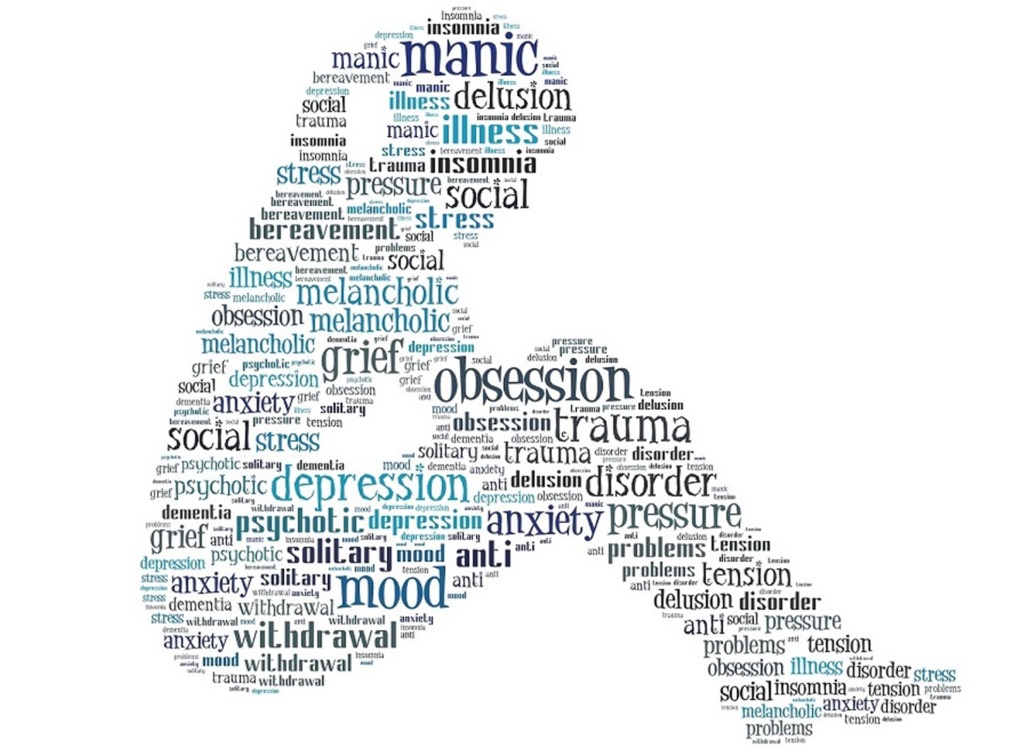
The frequently reported increase in the number of children and young people experiencing challenges to their mental health has prompted a description of the situation as a ‘perfect storm’ [Ref 1]. Given the critical role and position of teachers in the lives of children and young people, we could describe teachers as finding themselves in the ‘eye’ of that ‘perfect storm’.
We know that an estimated one in ten children and young people have a diagnosable mental disorder, that this is described as the equivalent of three pupils in every classroom, [Ref 2] and that they are likely struggling with their mental health at a level that we should be considering referring them to specialist support such as Child and Adolescent Mental Health Services (CAMHS). The data that we continue to quote dates back to 2004, although it is hoped that a new prevalence study will be published early 2018, giving us a much needed update.
In the absence of recent national data, what we do know today is that senior leaders and teachers are reporting a rise in the number of children presenting with mental health difficulties within the school. In a recent joint publication between the National Association of Head Teachers and Place2Be, 93% of Head Teachers reported that pupils today are bringing more worries into the classroom than they did five years ago, with 96% of Head Teachers noting that their pupil’s ability to learn was impeded by these worries [Ref 3]. This is consistent with many academic studies demonstrating a strong link between mental health difficulties in children and young people with poor educational achievement and consequent lifetime disadvantage. These increasingly complex issues which teachers are facing in their classrooms are frequently outside of their skill set and training; 92% of surveyed Head Teachers identified that teaching staff are managing issues that go beyond their teaching role [Ref 3].
At the same time as we are experiencing an increase in both the numbers of children and young people reporting with mental health difficulties, as well as the complexities of these issues, we are faced with challenges in the retainment of newly qualified teachers. It is reported that half of young teachers are considering quitting the profession [Ref 4], with a third of teachers who started work in 2010 already leaving the profession [Ref 5]. The National Union of Teachers (NUT), Young Teachers Working Party, surveyed more than 3,000 young teachers in April this year [Ref 4]. Of those surveyed, 85% described difficulties maintaining an adequate work-life balance, similar to the recent findings from the NAHT annual recruitment survey [Ref 6]. Furthermore, nearly 50% of young teachers cited concerns about the effect of teaching on their own mental health. Clearly, the connection between an adequate work-life balance and the challenges on teachers’ mental health cannot be ignored.
There is currently little attention paid to the mental health of teachers. They are expected to be ‘available’ (mentally, emotionally, socially and cognitively) to all their students and at times, for parents and carers. With a growing population of children and young people expected to attend school over the coming years, coupled with the complexity and challenges of the issues brought into school, are we simply asking too much of teachers today?

Education can play an important role in promoting good mental health; the Government has recently committed additional resources to every secondary school by providing funding for a teacher from each secondary school to be trained in Mental Health First Aid [Ref 7]. This is a positive step forward in equipping some teachers with the skills and knowledge to identify and respond to emerging mental health problems in school, however these plans are currently limited to secondary schools and only one teacher per school.